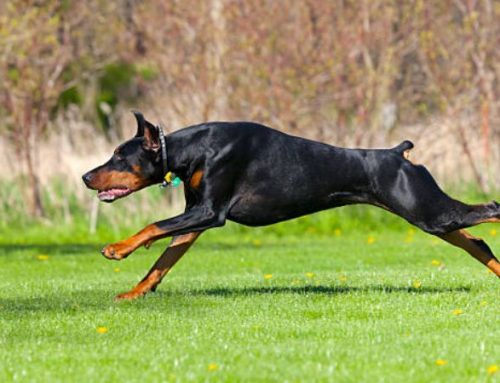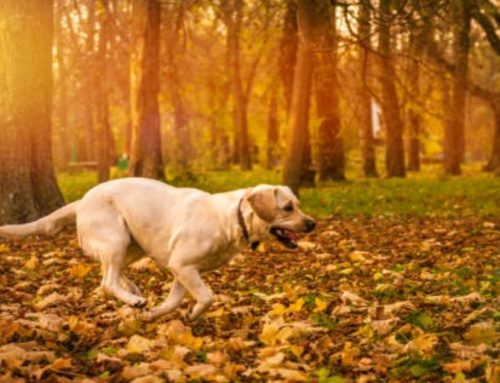No cat owner likes to hear that unmistakable hacking sound coming from the other room. While the occasional hairball is usually harmless, vomiting can sometimes signal something more serious. The tricky part? Figuring out when it’s just a passing upset stomach and when it’s time to call the vet. To make sense of it all, Nexus-pets has put together a helpful Cat Vomit Color Chart—because every shade can tell a story about your feline’s health.
Cat Vomit Color Chart: What Each Color Means
1. Yellow or Green Vomit
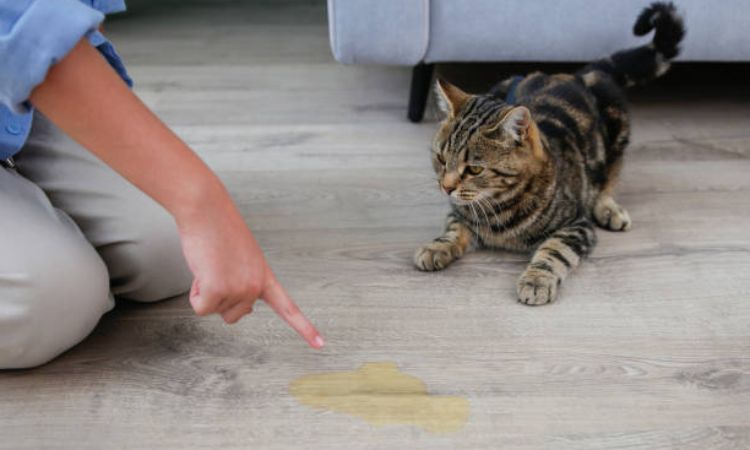
When a cat throws up yellow or green liquid, it usually means bile is present. This often occurs when the stomach is empty, such as after fasting, skipping meals, or in between feedings. Hairballs can also trigger bile vomit, as the digestive tract becomes irritated.
- When to worry: If bile-colored vomit happens frequently or appears alongside other issues such as loss of appetite, weight changes, or unusual behavior, it’s time to speak with a vet.
2. White or Foamy Vomit
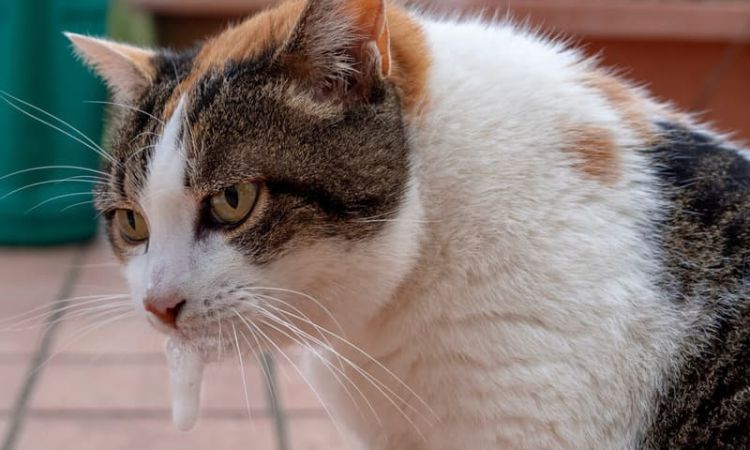
White, frothy vomit typically comes from a buildup of stomach acid or mild reflux. It can also be connected to hairballs or minor indigestion. Cats sometimes vomit foam after grooming or when their stomach hasn’t had food for a while.
- When to worry: Occasional foam is usually not alarming, but if it becomes chronic or appears with signs of lethargy, weakness, or weight loss, professional evaluation is necessary.
You may be interested in: how to stop my cat from throwing up after eating
3. Clear or Watery Vomit
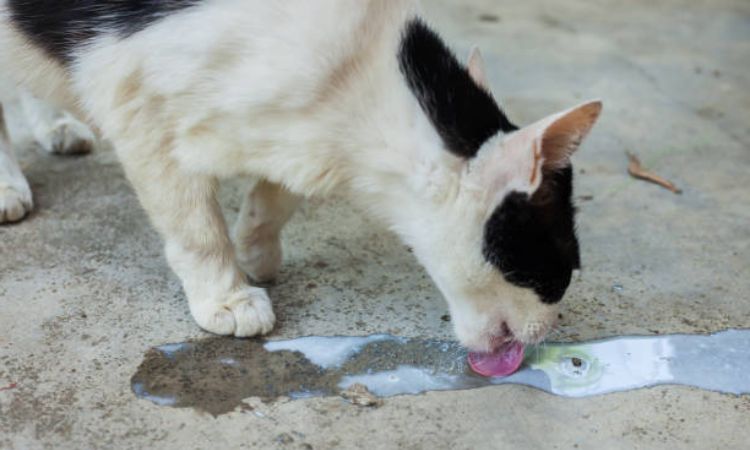
Clear fluid is often saliva or gastric juice, usually appearing when the stomach is empty or irritated. Cats may also vomit clear liquid if they’ve consumed too much water at once. While one episode isn’t unusual, repeated watery vomit may suggest an underlying issue.
- When to worry: Persistent clear vomiting, especially if accompanied by dehydration, excessive thirst, or loss of energy, should prompt a veterinary check.
4. Brown Vomit
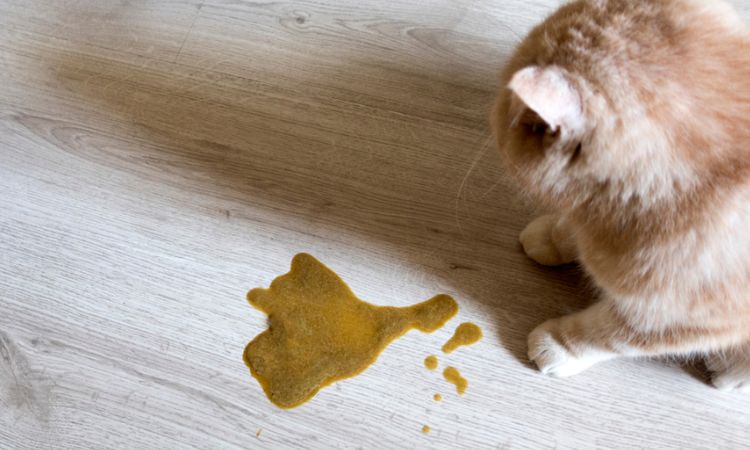
Brown vomit can simply mean partially digested food, particularly if it happens shortly after eating. However, if it resembles coffee grounds, it could point to digested blood in the stomach or upper intestines, which is far more serious.
- When to worry: If you notice dark, gritty brown vomit that may contain blood, seek veterinary care immediately.
5. Red or Pink Vomit (Blood)
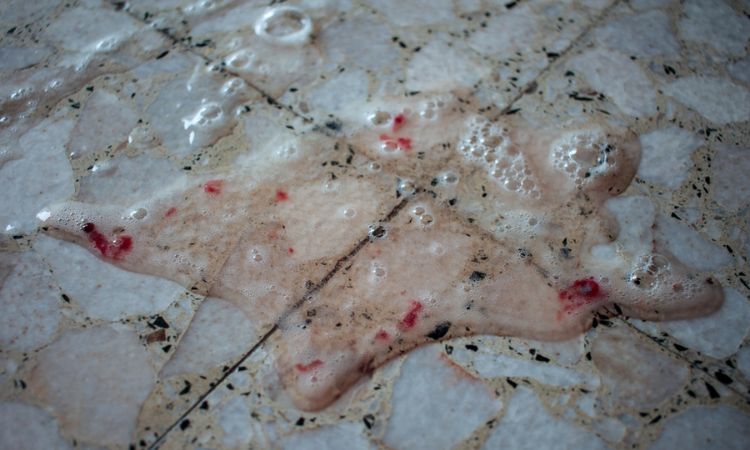
Red or pink coloring in vomit is a clear warning sign that blood is present. This could result from ulcers, toxic ingestion, trauma, or gastrointestinal bleeding. Even a small amount of visible blood should not be ignored.
- Action: Treat this as an emergency—contact a veterinarian right away for urgent assessment and treatment.
6. Black Vomit
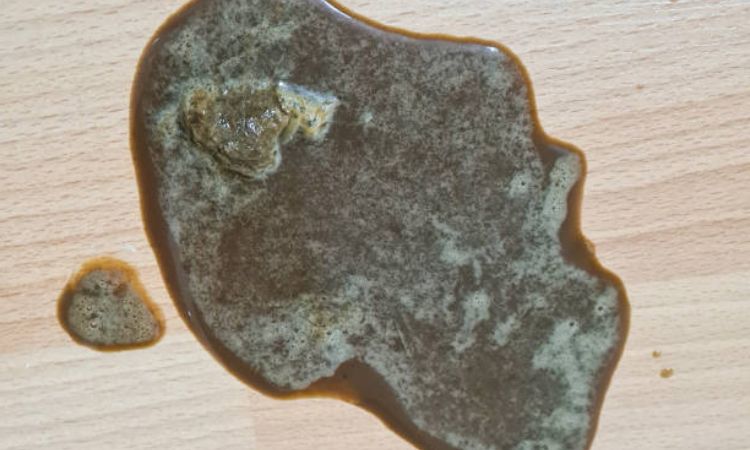
Black vomit, often with a tarry or “coffee ground” look, indicates digested blood. This suggests bleeding somewhere in the stomach or intestines and is often linked to serious illness, tumors, or advanced disease.
- Immediate care required: Any cat producing black vomit needs emergency veterinary attention without delay.
7. Green Vomit (with Grass)
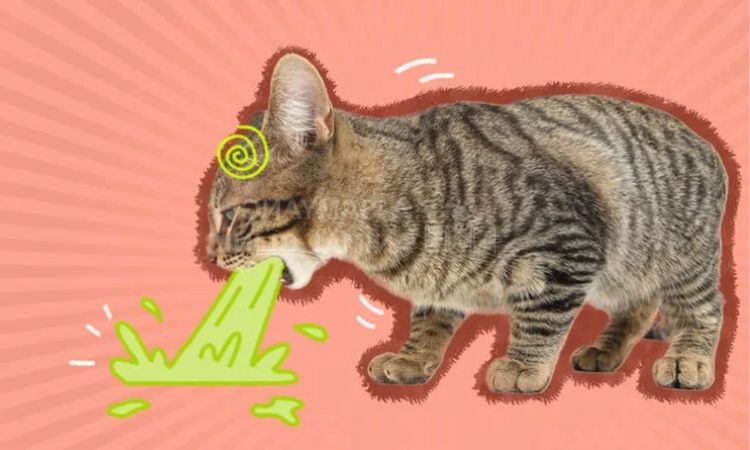
Green vomit usually happens when a cat eats grass or plants. In many cases, this is harmless and helps the cat bring up hairballs or indigestible material. However, if the green color isn’t from grass, it may also be bile or even a sign of toxin ingestion.
- Monitor carefully: Watch for signs of distress, drooling, or lethargy. If poisoning is suspected, call a vet right away.
8. Undigested Food in Vomit
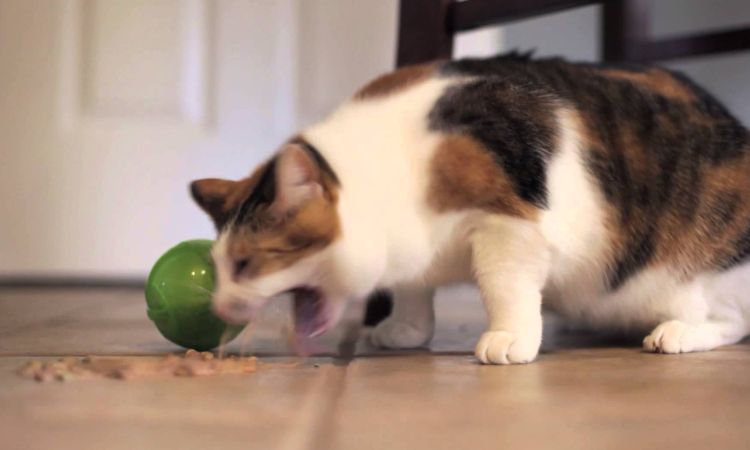
When cats vomit undigested food, the most common reasons are eating too quickly, food sensitivities, or minor digestive upset. This can also occur if there’s an obstruction preventing food from moving through the digestive tract.
- When to worry: Occasional regurgitation isn’t dangerous, but repeated vomiting of whole meals, especially if combined with weight loss or lack of appetite, requires veterinary attention.
Other Clues Beyond Color
While the color of vomit can offer important insights, it’s not the only factor to pay attention to. Other signs can help you better understand whether your cat’s upset stomach is a minor issue or something more serious:
- Frequency of vomiting – Occasional vomiting may be less concerning, but repeated or daily episodes warrant a closer look.
- Presence of foreign material – Watch for string, plants, hair ties, or other objects that could indicate ingestion of something dangerous.
- Accompanying symptoms – Lethargy, diarrhea, refusal to eat, or noticeable weight loss may signal an underlying illness.
- Duration – A single incident may resolve on its own, but chronic or recurring vomiting should prompt a veterinary visit.
When to Call the Vet Immediately?
Certain warning signs mean you should seek veterinary help without delay. Contact your vet right away if you notice:
- Blood in the vomit – whether it appears red, pink, or dark brown/black resembling coffee grounds.
- Frequent or severe vomiting occurring multiple times within a 24-hour period.
- Signs of dehydration or distress, such as drooling, weakness, or sudden collapse.
- Vomiting combined with other serious symptoms like diarrhea, weight loss, or complete refusal to eat.
Dealing with a sick pet is always stressful, and seeing your cat vomit can be alarming. Remember that this chart is a helpful tool for observation, but your vet is the best resource for ensuring your cat’s health. Don’t hesitate to schedule a check-up if you’re worried—after all, a little caution goes a long way in keeping your feline friend happy and healthy for years to come.


